I JUST REALIZED SOMETHING. D:
I JUST REALIZED SOMETHING. D:
Pink took Pearl’s hands, crossed them one over the other, and said, “Let’s never speak of this again.” After this, Pearl was literally incapable of talking about what she did.


In The Answer, Rose took Garnet’s hands, crossed them one over the other, and told her, “No more questions.”


And now Garnet “can’t” ask questions.
More Posts from Random1gasmask1005 and Others
This makes so much sense
I remember first learning that you can cry from any emotion, that emotions are chemical levels in your brain and your body is constantly trying to maintain equilibrium. so if one emotion sky rockets, that chemical becomes flagged and signals the tear duct to open as an exit to release that emotion packaged neatly within a tear. Everything made sense after learning that. That sudden stability of your emotions after crying. How crying is often accompanied by the inability to feel any other emotion in that precise moment. And it is especially beautiful knowing that it is even possible to experience so much beauty or love or happiness that your body literally can’t hold on to all of it. So what I’ve learned is that crying signifies that you are feeling as much as humanely possible and that is living to the fullest extent. So keep feeling and cry often and as much as needed
I wish this was real
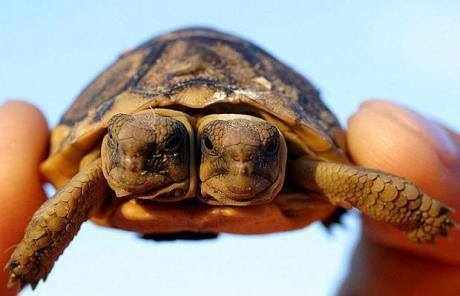
These are masterpieces










By: Ptolemy Elrington Instagram: @artwoonz
He/she is still a good boy

Think again hooman




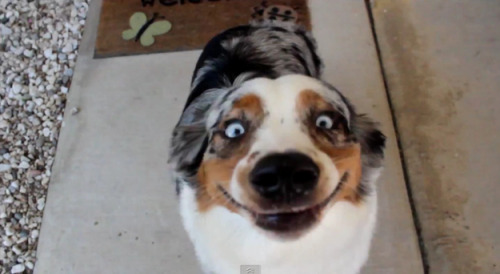

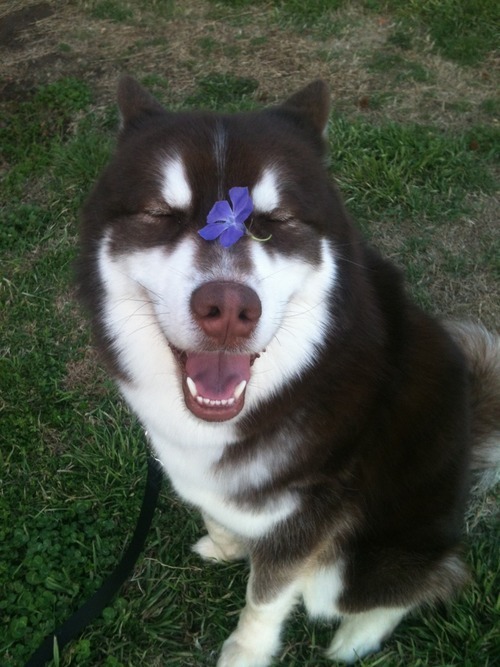

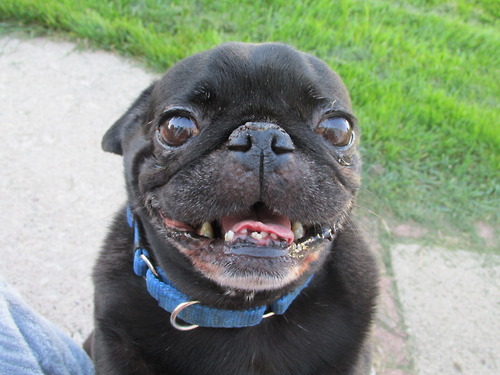

Nice to know
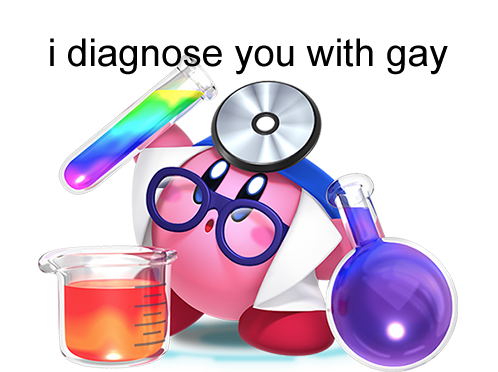

So remember kids, this is your brain on drugs.
(Edward’s and Todd’s outfit designs were inspired by @valenok-and-something-else [this post specifically] )
Reblogs are preferred to likes c:
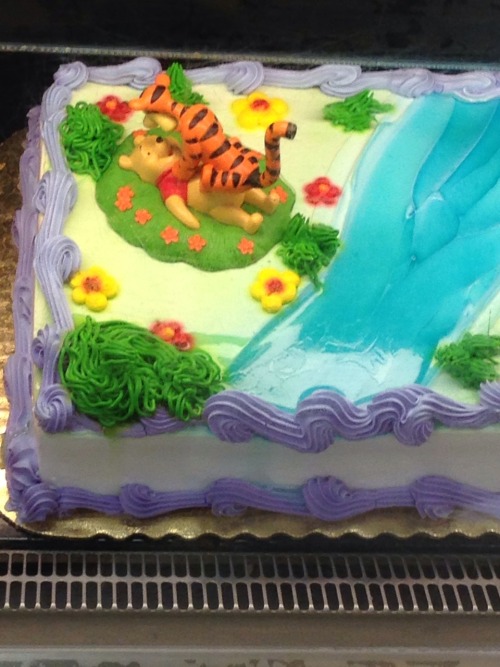
He’s a keeper.

Good to know
Things People Don’t Tell You about Pet Birds
Here’s a list of things nobody told me before I got my bird. You’re welcome to fact check and add your own experiences! I hope this helps someone!
Possibly disturbing images of animal neglect below.
NEVER get a pet bird who lives alone a mirror for their cage. They can choose their own reflection as a mate, which needless to say isn’t healthy and can be extremely sexually frustrating. It’s much healthier to get even small birds foraging toys to entertain them.

BAD!


GOOD!
ALL birds need lots of social interaction if they’re going to remain mentally healthy! This is especially important for birds that live in large groups in the wild like cockatoos, finches, and parakeets, but also true for “loner” birds like Senegals and African Greys. Without the proper social interactions (hours a day with people or other birds) birds can get bored and pick up destructive habits like feather pulling, biting, and screaming, and even develop mental illnesses like depression or anxiety. Yes, even parakeets.

Feather pulling removes a bird’s main way of staying warm, which can lead to life threatening things like hypothermia.
Parrot’s body temperatures are around 103 degrees Fahrenheit, much higher than humans, and largely thermoregulate through their feet. Because of that and their small body size, they can get hyper or hypothermia fairly easily when compared to humans. In hot months it’s important to provide them with a shallow dish of water they can cool off in, and in cold months, a heating pad or perch they can sit on to keep warm. Parrots do best in a stable, relatively warm environment; while they can take slight changes, drastic changes in temperature can be very detrimental. Non-tropical/arid birds are a bit different from what I hear, so can’t really talk about them.
Parrot beaks constantly grow, so it’s important to provide lots of chewing fodder (I like to call them sacrifices) for your parrot to chew on or get their beaks trimmed by a professional.

These can be hard calcium treats, wood, and other natural materials. Some can be plastic but I wouldn’t recommend those as they can be swallowed and impede digestion or become a choking hazard.
Birds are prey animals! They’re typically very nervous because they’ve been hardwired for centuries to be on the lookout for things that want to eat them. They’ll get nervous around new things, strange noises, and new people. They can learn to overcome some fears by careful desensitization, lots of social interaction, and a calm, careful owner. It’s VERY important to keep them away from predatory animals (dogs, cats, etc.), as it can cause unnecessary stress on the animals. If they absolutely have to interact, do so in a controlled environment and with one or both in separate carriers, cages, or pens. Know your animals, pay careful attention to their body language, and be prepared to step in if either looks stressed or aggressive.

My parrot Apollo meeting my friend’s cat, the right way.
Just like humans, birds have dietary needs that must be met if they’re to remain healthy. A few of the most important are Vitamin D (sunlight!), calcium (especially important in hens), and protein (required to grow healthy beaks, claws, and feathers). The easiest ways to take care of the first two is to provide your bird with lots of sunlight (direct or indirect depends on the bird) and a constant supply of cuttlebones or calcium treats. There are several different diet plans out there for all kinds of birds, but all agree that birds CANNOT live off nothing but seeds. This can cause fatty liver disease and early death, even in otherwise healthy birds. All parrots are usually fed a diet of pellets, fruits, and vegetables, but the ratios really depend on who you ask.
Here’s a few food pyramids for parrots:



Birds absolutely CANNOT be fed:
Avocados
Caffeine
Chocolate
Any greasy, salty chips/popcorn or any processed “human food”
Dairy
Alcohol (I shouldn’t have to say this)
Apple seeds
Feel free to add on
Before you feed your bird ANYTHING, please look it up and make sure it’s safe!
-
 strawberryy-fields reblogged this · 1 week ago
strawberryy-fields reblogged this · 1 week ago -
 casreader liked this · 1 week ago
casreader liked this · 1 week ago -
 little-boats-on-a-lake liked this · 1 week ago
little-boats-on-a-lake liked this · 1 week ago -
 yourlocaltinsmith liked this · 2 weeks ago
yourlocaltinsmith liked this · 2 weeks ago -
 bajablastlovingfreak reblogged this · 2 weeks ago
bajablastlovingfreak reblogged this · 2 weeks ago -
 bajablastlovingfreak liked this · 2 weeks ago
bajablastlovingfreak liked this · 2 weeks ago -
 blaeseburst reblogged this · 2 weeks ago
blaeseburst reblogged this · 2 weeks ago -
 zazombie liked this · 3 weeks ago
zazombie liked this · 3 weeks ago -
 smallbigminivans liked this · 3 weeks ago
smallbigminivans liked this · 3 weeks ago -
 ijustwantjohnmcnamaratobehappyok liked this · 3 weeks ago
ijustwantjohnmcnamaratobehappyok liked this · 3 weeks ago -
 mylifetherant reblogged this · 3 weeks ago
mylifetherant reblogged this · 3 weeks ago -
 mylifetherant liked this · 3 weeks ago
mylifetherant liked this · 3 weeks ago -
 herbal--fuckery reblogged this · 3 weeks ago
herbal--fuckery reblogged this · 3 weeks ago -
 lovelettersbythesea reblogged this · 3 weeks ago
lovelettersbythesea reblogged this · 3 weeks ago -
 lovelettersbythesea liked this · 3 weeks ago
lovelettersbythesea liked this · 3 weeks ago -
 commentpal101 reblogged this · 3 weeks ago
commentpal101 reblogged this · 3 weeks ago -
 gaegg reblogged this · 3 weeks ago
gaegg reblogged this · 3 weeks ago -
 redstarpika liked this · 3 weeks ago
redstarpika liked this · 3 weeks ago -
 starmotions liked this · 3 weeks ago
starmotions liked this · 3 weeks ago -
 mursejesse reblogged this · 3 weeks ago
mursejesse reblogged this · 3 weeks ago -
 sweetdreamspootypie reblogged this · 3 weeks ago
sweetdreamspootypie reblogged this · 3 weeks ago -
 humanrebel liked this · 3 weeks ago
humanrebel liked this · 3 weeks ago -
 sweetdreamspootypie liked this · 3 weeks ago
sweetdreamspootypie liked this · 3 weeks ago -
 tl-c-sugarskulls reblogged this · 3 weeks ago
tl-c-sugarskulls reblogged this · 3 weeks ago -
 taran-wanderer liked this · 3 weeks ago
taran-wanderer liked this · 3 weeks ago -
 blazingstarininkyblackness reblogged this · 3 weeks ago
blazingstarininkyblackness reblogged this · 3 weeks ago -
 kittycatfamiliar liked this · 3 weeks ago
kittycatfamiliar liked this · 3 weeks ago -
 i-preen-for-oikawa reblogged this · 3 weeks ago
i-preen-for-oikawa reblogged this · 3 weeks ago -
 i-preen-for-oikawa liked this · 3 weeks ago
i-preen-for-oikawa liked this · 3 weeks ago -
 fatpinkbitch reblogged this · 3 weeks ago
fatpinkbitch reblogged this · 3 weeks ago -
 depressedstressedlemonzest reblogged this · 3 weeks ago
depressedstressedlemonzest reblogged this · 3 weeks ago -
 depressedstressedlemonzest liked this · 3 weeks ago
depressedstressedlemonzest liked this · 3 weeks ago -
 weed-time-on reblogged this · 3 weeks ago
weed-time-on reblogged this · 3 weeks ago -
 weed-time-on liked this · 3 weeks ago
weed-time-on liked this · 3 weeks ago -
 datura-inoxia reblogged this · 3 weeks ago
datura-inoxia reblogged this · 3 weeks ago -
 datura-inoxia liked this · 3 weeks ago
datura-inoxia liked this · 3 weeks ago -
 mat1854 liked this · 3 weeks ago
mat1854 liked this · 3 weeks ago -
 notcoolnerd liked this · 3 weeks ago
notcoolnerd liked this · 3 weeks ago -
 never-wake-up liked this · 3 weeks ago
never-wake-up liked this · 3 weeks ago -
 straythoughtshopelesshearts liked this · 3 weeks ago
straythoughtshopelesshearts liked this · 3 weeks ago -
 thediktatortot liked this · 3 weeks ago
thediktatortot liked this · 3 weeks ago -
 pasmagoo liked this · 3 weeks ago
pasmagoo liked this · 3 weeks ago -
 octopus-awareness liked this · 3 weeks ago
octopus-awareness liked this · 3 weeks ago -
 ircillo reblogged this · 3 weeks ago
ircillo reblogged this · 3 weeks ago -
 slothmom liked this · 3 weeks ago
slothmom liked this · 3 weeks ago -
 katsuizu-stuff liked this · 3 weeks ago
katsuizu-stuff liked this · 3 weeks ago -
 mama3moo liked this · 3 weeks ago
mama3moo liked this · 3 weeks ago -
 scathd reblogged this · 3 weeks ago
scathd reblogged this · 3 weeks ago